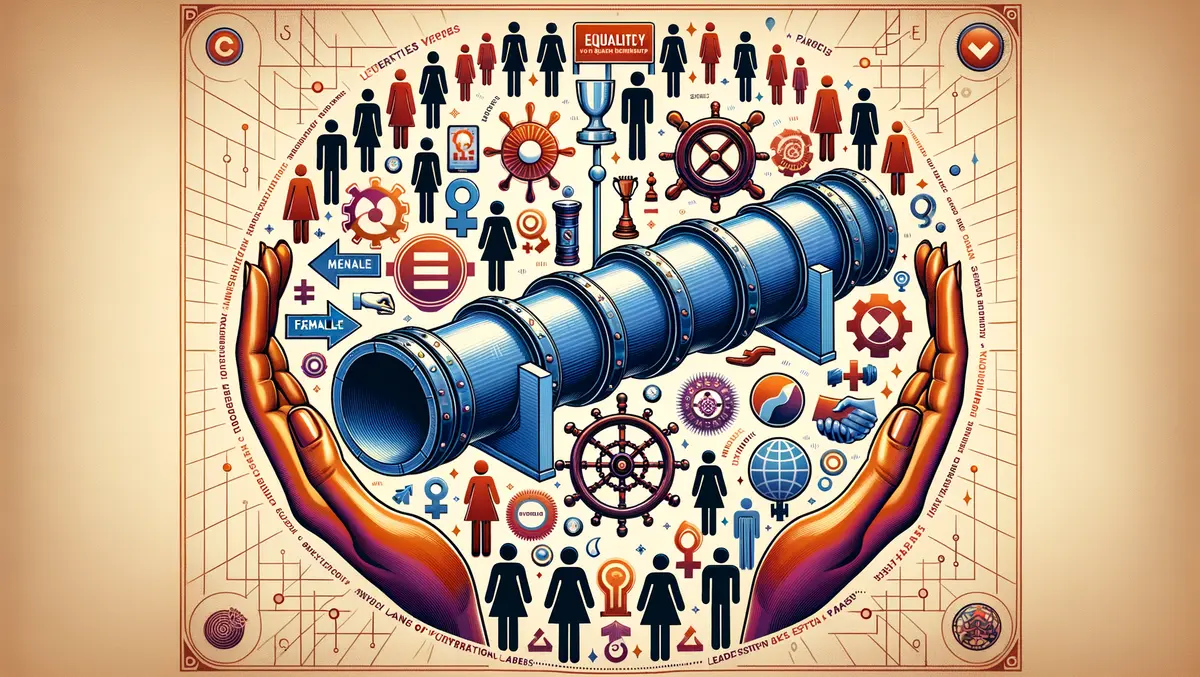
IWD 2024: Building a more equitable leadership pipeline
Although great progress has been made in creating more representation at the C-Suite level, with the latest Women in the Workplace report from McKinsey finding that it's at the highest level since the report began, more needs to be done at other managerial levels to create a lasting, more equitable leadership pipeline. Progress still lags for females promoted to middle management and director roles, and progress is frustratingly slow, considering that many organizations are now aware of the need for more equitable promotion and career development practices.
A lot of gender equity efforts are falling flat because they are solving the wrong equations. The prevailing thought is that addressing hiring biases, creating diversity, inclusion and belonging (DIB) targets, and surveying employees to understand unique workplace experiences will create a more equitable organization. But these efforts will only go so far in combatting the systemic barriers to encourage more women into senior roles. The truth is that women are more ambitious than ever, and they need their workplaces to support them to balance their work and other commitments such as caregiving (something that women are disproportionately affected by) and the need for mental wellness (as women are more prone to burnout).
Creating more accessible career development options can help to address the equity gap we're seeing for middle managers and directors. Virtual and hybrid working options suit employees who need flexibility and autonomy over their workday, including working parents, carers, or those studying alongside work. Skill development should match virtual set-ups, as solely relying on in-person training will exclude groups who cannot travel to a location due to outside commitments or financial resources. Not all virtual learning is equal, however, as you cannot expect someone to confidently lead a team or manage a project by simply reading a book about it or listening to a podcast. There has to be a hands-on element to training that gives individuals the safe space to practice their new skills, understand how they apply to a role and provide confidence that they can perform on the job. This is critically important for women, as it's well-known that women will only apply to a role (especially senior positions) when they are 100% qualified for it, compared to 60% for men. Offering opportunities to learn, practice, and validate skills through hands-on experiences will help to plug this confidence gap and encourage more women to apply for senior roles.
Many organizations are exploring skills-based approaches in hiring, mobilizing, and promoting talent — and this is ultimately a step in the right direction for DIB efforts. Relying on skills, instead of potentially biased indicators like alma mater, will level the workplace for people who couldn't access traditional education or don't have the connections or confidence to push for promotion. Using skill data, organizations can match people to work regardless of their gender, ethnic background, orientation, neurodiversity, and so on. For skills to become the most effective way to allocate and offer career opportunities, the skill data needs to be highly accurate, trusted, and timely. This can only happen when skills are validated through practical tests that show hiring managers that a candidate will be able to apply their skills to a role. Every skill, from digital and technical skills like data engineering and cybersecurity to leadership, management, and strategic skills, needs to be proven on the job or as close to a job-based scenario as possible for hiring managers to feel confident in their new hire.